
Everything we eat and much of what we are surrounded by in our daily lives have a common base from water and the production of green plants. Anything made of carbon, even if the immediate source of carbon is a petroleum-based product, has an original derivation that starts with green plants and water.
Green plants perform the miraculous process of photosynthesis that captures light energy from the sun to combine with water (H2O) taken up from the soil through the root system, carbon dioxide (CO2) from the air, forming a simple 6-carbon carbohydrate compound (C6H12O6), and liberating free oxygen (O2) into the atmosphere.
Photosynthesis involves a complex system of biochemical reactions, but the fundamental photosynthesis process can be reduced to very simple terms as outlined in Figure 1.
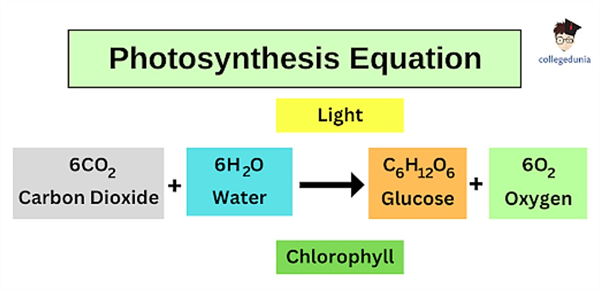
Figure 1. Basic photosynthesis reaction. (Source: Collegedunia).
Figure 2 offers a little more detail in the photosynthetic process and there is still more to the story. But the essentials are outlined in Figures 1 and 2.
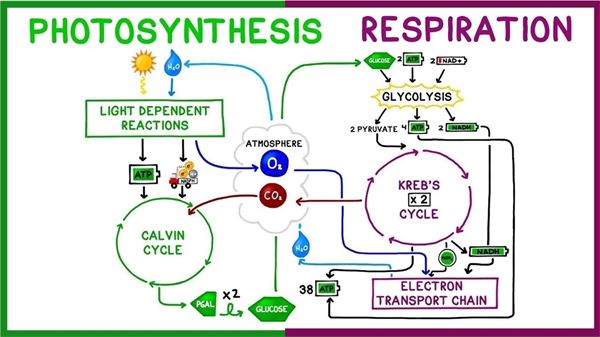
Figure 2. Connections between photosynthesis and plant respiration.
The process of taking CO2 from the atmosphere and “fixing” the carbon in a larger and more complex form as a basic carbohydrate (simple sugar compound) is referred to as “carbon fixation” and green plants provide most of this primary function in the earth terrestrial, or land-based ecosystems.
Carbon fixation is conducted by organisms containing chlorophyll and green plants do most of this work. There are also some species of algae and cyanobacteria that can fix carbon from the atmosphere. But green plants, using energy from the water and water from the soil are the real workers in our world in this regard.
Water is essential in this process of fixing carbon through photosynthesis. In fact, six units of water are required for every unit of carbohydrate that is produced (Figure 1).
Additional water is used by the plant in the transpiration process, which is the movement of water from the soil through the root system, through the conductive tissues of the plant. This provides for good cellular hydration and biological function. In the transpiration process water moves out of the plant and escapes into the atmosphere as gas through the stomates, which are small openings in the underside of plant leaves (Figure 3).
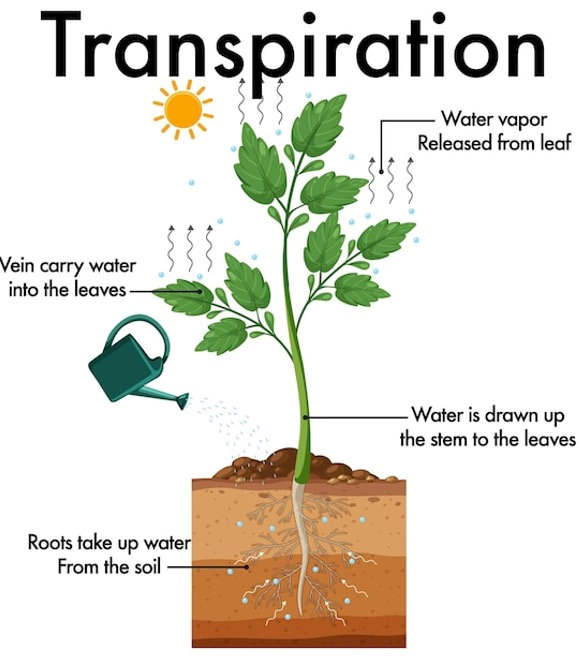
Figure 3. Plant transpiration. Source: Premium Vector
Through this process of photosynthesis, water and green plants serve as the backbone of all terrestrial life. These are fundamental facts and critical functions that we manage in crop production systems. Essentially, every field with a green crop growing is a photosynthetic factory and water is always an essential component.
Consumers directly benefit from the water used to produce the crops with all the fruits and vegetables that come from them. Healthy animals require good food, which all comes from plants, i.e., alfalfa. Everything we consume has a significant water footprint and much of that involves supporting plant photosynthesis.
The inescapable fact is that we need the plants, and the plants need water to grow and produce.
I hope you are frolicking in the fields of wildflowers picking the prettiest bugs.
I was scheduled to interview for plant pathologist position at Yuma on October 18, 2019. Few weeks before that date, I emailed Dr. Palumbo asking about the agriculture system in Yuma and what will be expected of me. He sent me every information that one can think of, which at the time I thought oh how nice!
When I started the position here and saw how much he does and how much busy he stays, I was eternally grateful of the time he took to provide me all the information, especially to someone he did not know at all.
Fast forward to first month at my job someone told me that the community wants me to be the Palumbo of Plant Pathology and I remember thinking what a big thing to ask..
He was my next-door mentor, and I would stop by with questions all the time especially after passing of my predecessor Dr. Matheron. Dr. Palumbo was always there to answer any question, gave me that little boost I needed, a little courage to write that email I needed to write, a rigid answer to stand my ground if needed. And not to mention the plant diagnosis. When the submitted samples did not look like a pathogen, taking samples to his office where he would look for insects with his little handheld lenses was one of my favorite times.
I also got to work with him in couple of projects, and he would tell me “call me John”. Uhh no, that was never going to happen.. until my last interaction with him, I would fluster when I talked to him, I would get nervous to have one of my idols listening to ME? Most times, I would forget what I was going to ask but at the same time be incredibly flabbergasted by the fact that I get to work next to this legend of a man, and get his opinions about pest management. Though I really did not like giving talks after him, as honestly, I would have nothing to offer after he has talked. Every time he waved at me in a meeting, I would blush and keep smiling for minutes, and I always knew I will forever be a fangirl..
Until we meet again.
Interested in the latest developments in automated weeding machines? There are a couple of opportunities at the upcoming 2024 Southwest Ag Summit to stay up to date. One is the “Ag Tech: Innovations in Weed Control Technologies” breakout session where university experts and cutting-edge innovators will provide updates on the latest advances in AI, laser weeding, high precision smart spot sprayers, robotic/automated weeders and band steam (agenda below). The session will be held Thursday, February 22nd from 1:30-3:30 pm at Arizona Western College (AWC) in Yuma, AZ.
The other is the Southwest Ag Summit Field Demo on February 21st, where several of these technologies and other state-of-the-art automated weeders will be demonstrated operating in the field. The Field Demos will also be held at AWC. Breakfast will be served at 7:00 am and demonstrations begin at 8:00 am.
For more information about the Southwest Ag Summit, visit https://yumafreshveg.com/southwest-ag-summit/.
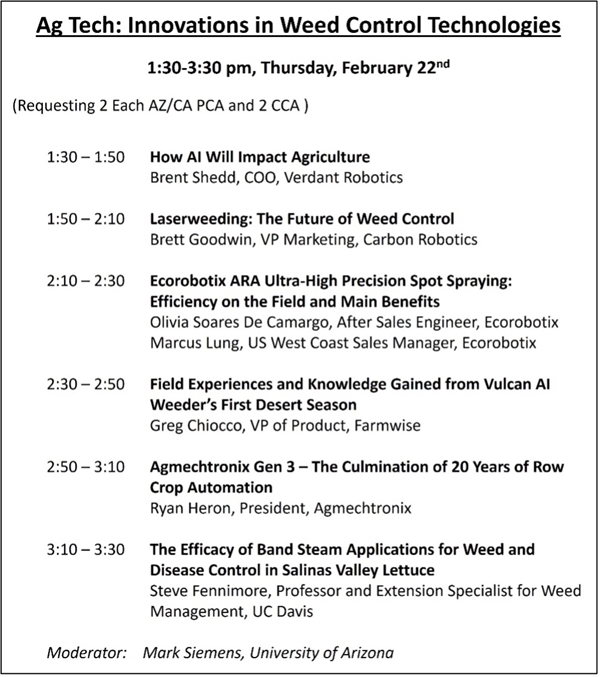
Fig. 1. Agenda for the “Ag Tech: Innovations in Weed Control Technologies”
educational session at the 2024 Southwest Ag Summit. The session will be held
Thursday, February 22nd at Arizona Western College, Yuma, AZ.
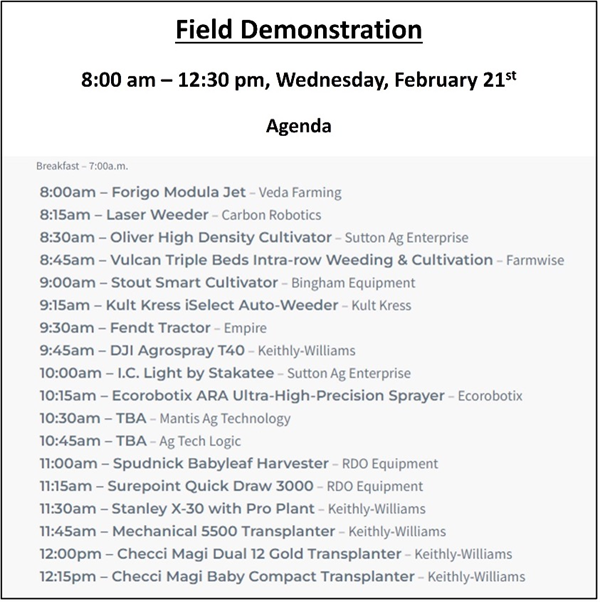
Fig. 2. 2024 Southwest Ag Summit Field Demo agenda. The event will be held at
Arizona Western College in Yuma, AZ.
This is lettuce..what do you think?:
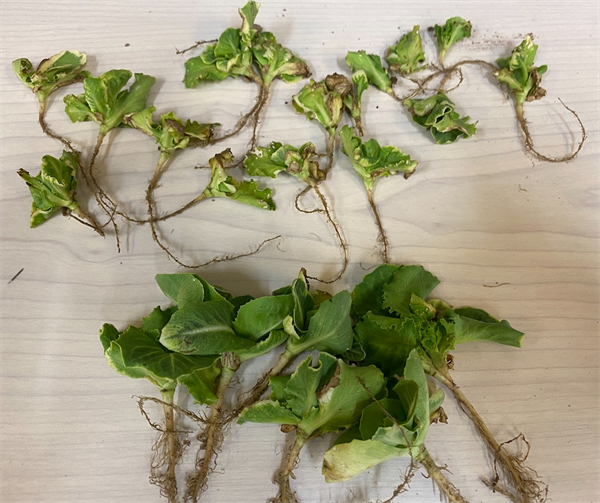
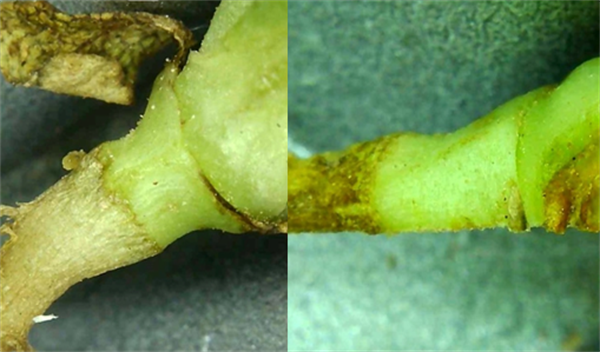
send your comments here: marcop@ag.arizona.edu
We Need Your Input!
The Environmental Protection Agency (EPA) is seeking public comment on its Draft Herbicide Strategy Framework to protect threatened and endangered species. The Strategy outlines proposed mitigations on agricultural herbicide use that could have significant impacts on production of field crops and specialty crops in the lower 48 states.
The Arizona Pest Management Center will submit comments to EPA to communicate the challenges and potential impacts of the proposed Strategy on our agricultural industries, but we need your help.
We need input from growers, applicators, pest control advisors, registrants and others on the feasibility of EPA’s proposed mitigations for Arizona production systems. If you are concerned about EPA’s proposed changes and willing to share your knowledge of what works in Southwest agriculture, your input could help make a difference.
Please consider responding to our online survey by clicking the link below. The survey takes around 12 minutes and is completely anonymous. The data you provide will only be used in aggregate to communicate local farming practices and concerns related to herbicide mitigations to the EPA. Taking this survey is also a good way to learn more about EPA’s specific proposed changes. Please respond by October 19.
Survey Link: https://uarizona.co1.qualtrics.com/jfe/form/SV_1QUBcXiIVgjFDHE
Thank you!